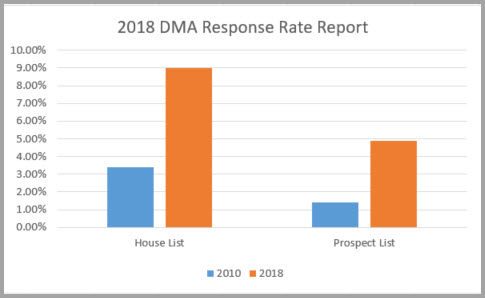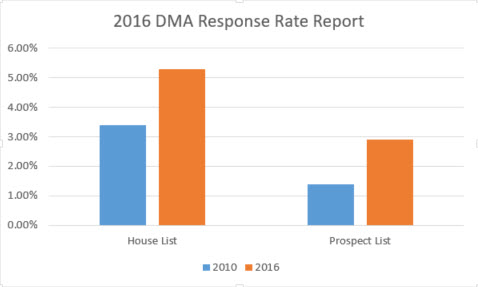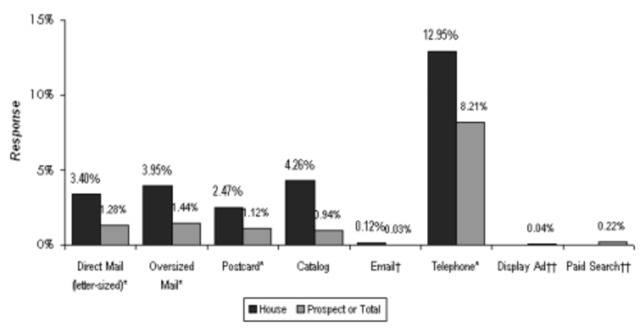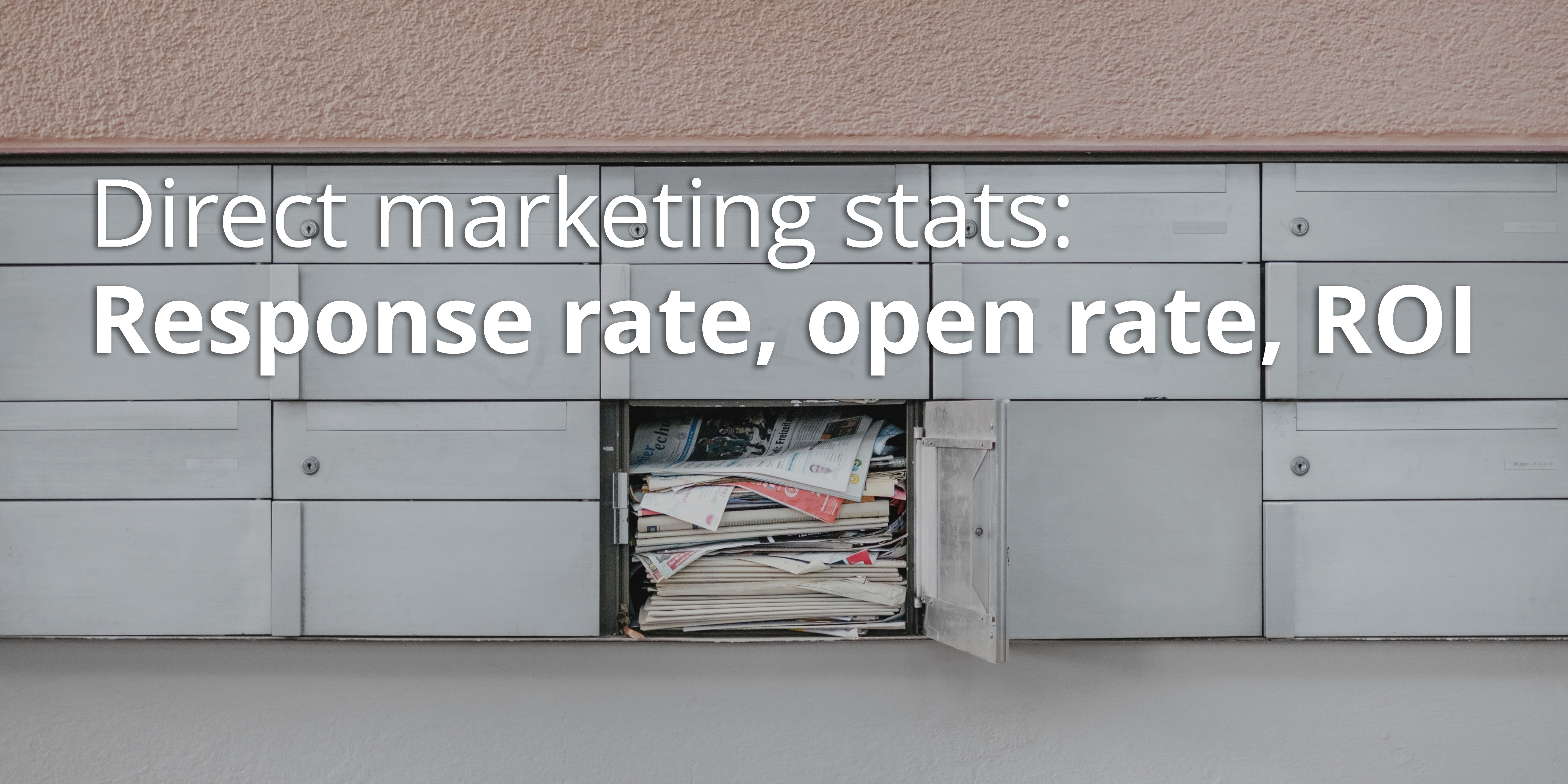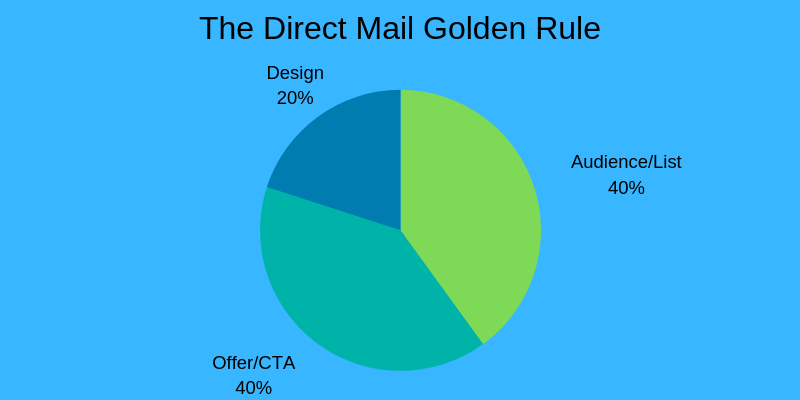How To Calculate Response Rate For Direct Mail

When you think of direct mail you think of response rate.
How to calculate response rate for direct mail. Response rates are the most common ways to measure the success or failure of a direct mail campaign. Direct mail response rate. 42 weighted average estimates vary between 38 48. The industry average response rate for direct mail.
Measuring the effectiveness of direct mail campaigns can be a bit tricky. Watch a direct mail automation video demo. The response rate reflects the percentage of people who respond to a mailing. Soft offers a free gift for example typically do better than hard offers trial periods before purchasing a free visit from a salesperson in response rate if not conversion rate.
What s interesting is that direct mail response rates appear to be rising. These direct mail calculators can help you answer some of the most frequently asked questions regarding sample size response rates and statistical significance. Typical response rates. And of course this is just an.
Read rate is the of people who scan or read a direct mail piece. Measuring your response rate and or conversion rate in terms of percentages is one way to calculate your direct mail campaign success. Response rates can vary significantly based on your target audience type of mail region. These cold campaigns are a common use of direct mail as it is an efficient way to drum up new leads.
Other metrics need to be used to gain further insight into a campaign s performance. The response rate measures how many prospects follow up after seeing your messages. It often will be if you re selling inexpensive impulse items like a pizza store owner mailing out coupons. To determine your response rate you simply count up the number of responses the mailing generates then divide by the quantity mailed.
New campaign breakeven response rate determine response rate needed to achieve equal or better results than current control package response rate. Of the traditional direct mail metrics this is the most commonly used to measure success or failure. But response rate on it s own is too simplistic and provides a very limited scope for analysis. But the response rate is a fairly simplistic measurement that provides limited analysis.

